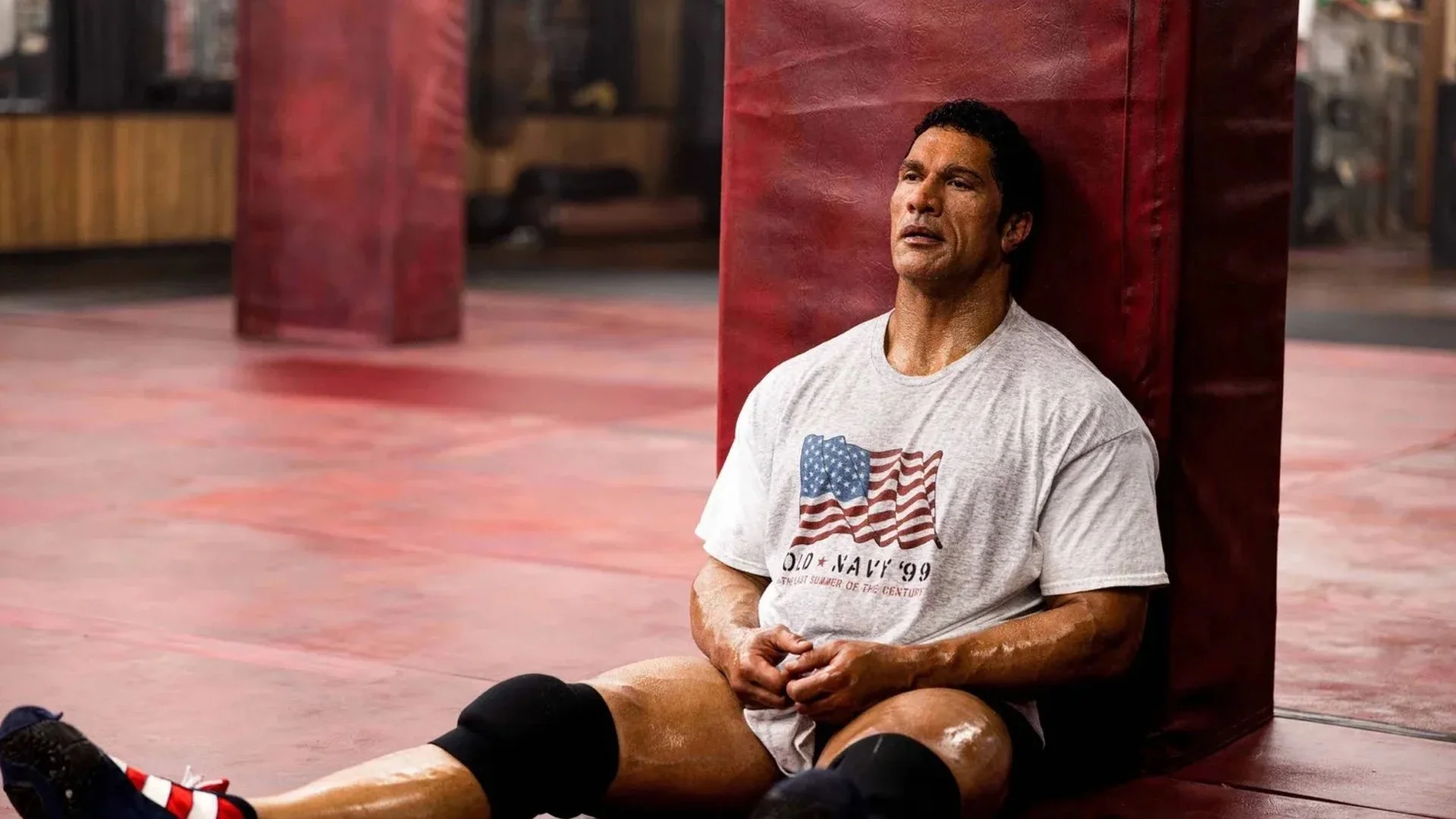Are our children addicted to screens and the internet or are they simply living with the times? Today’s world is digital, whether we like it or not, and more and more voices are being raised to qualify the doomsday prophecies that predict the melting of our offspring’s brains in the face of these diabolical technologies.
What if, like all the tools we have, the question isn’t their existence, but how to use them?
Cyberbullying and online violence
The web is often perceived as a dangerous space for minors, with supporting figures: harassment, scams, pornography, are all practices that have known how to exploit digital tools to target the youngest, but which have not waited for the internet to exist and do damage. Accusing the web and screens of being responsible for all evil prevents us from acting objectively, especially by adapting our means of defense to this new environment.
The E-Enfance association and the Millimages agency, behind a campaign on cyberbullying currently on the air, explain the challenges of prevention adapted to an audience for which these tools are essential:
The new generations don’t live in the same environment as the previous generations, so you have to adapt your message and your means. It is important to highlight the diversity of this world and show that no one is alone, we must support and educate rather than impose. (…) Social networks bring people together and connect them, but sometimes they are also a catalyst for existing social dynamics. Violence is not created there, harassment, unfortunately, exists everywhere, but is often amplified there.
Mathilde Bayle, Head of Communications at Millimages.
Digital cannot be considered in terms of good or bad, it is a global resource, the use of which can have positive or negative consequences. For Benjamin Marteau, director of Pix, the online public service for the assessment, development and certification of digital skills, it is above all about using these new resources effectively:
Digital is increasingly present in society, in the economy and in the exercise of citizenship. [En soit] it is neither good nor bad, it is a tool. It can bring people together, but it can also push them apart. We must allow people to develop their skills throughout their lives, as digital technology is evolving, to try to bring the good part, which is what allows and not what prevents.
Benjamin Hammer, director of Pix
Whatever happens, children will be part of this digital world, like the rest of the population. Instead of demonizing it and refusing to learn from it, parents must understand it as an essential tool, with its risks and advantages.
Digital education: what are the resources?
The Ministry of Education recently announced plans to develop digital education for all secondary school students. Among the measures that should see the light by 2024-2027 are digital education courses, participation in 2.0 projects and workshops and awareness of online risks and best practices. Digital professions will also be promoted among high school students, and especially girls, who are still too few to go.
To assess the level of students and adapt their learning, public authorities created Pix in 2016. The public service platform allows you to develop lifelong digital skills:
We allow everyone to measure their digital skills, from the level of competence measured, we can find ways to improve them with the help of teachers. We also issue compulsory certificates in third and last class. This PIX certification comes in the form of a score that allows you to evaluate the level of each person’s skills (…) Skills are probably one of the determining factors that allow you to take advantage of digital technology in a positive and optimal way.
Benjamin Hammer, director of Pix
In parallel with ministerial measures, lawmakers are defining the legal frameworks for this online world to be regulated like the physical world. Bills to regulate the posting of content featuring children, tougher penalties for cyberbullying, or even block child pornography sites are all, at first glance, very different measures. However, they make it possible to gradually secure the Internet tool as a whole and to alert families to possible abuses of our daily use.
Raising awareness of families
On the occasion of World Safer Internet Day on Tuesday 7 February 2023, the E-Enfance association and the Millimages agency launched the campaign #MolangSafeSpace. This animated film, broadcast until February 10 on French broadcasters, encourages young people to react to cyberbullying and promotes 30 18, the national telephone number for victims and witnesses of digital violence.
Today is #SaferInternetDayMolang interacts with @einfancy protect young people from cyberbullying.
Share this tweet to raise awareness and help others.
You are not alone and you never need to be. #molangsafespace pic.twitter.com/VMkjv4H8sw— Molang (@molangoff) February 7, 2023
The association also offers training to parents to teach them how to use the web, better understand their children’s practices and teach them the right gestures. Second the parent/doctor cross barometer, published by the Children’s Foundation to measure the perception of the impact of digital technology on the health of young children: 82% of parents declare that they limit or even prohibit access to digital tools and at least 80% of them control the contents viewed and impose regulatory durations and dedicated times. On the other hand, and again according to the barometer, 56% of parents do not expect to do without screens during meals and 52% of them consult their mobile phones in the presence of their children.
Furthermore, 53% of parents have already published photos of their children on social networks, while only 44% of them have already asked their starlets for consent. So many behaviors that our children imitate and that could be rethought.
Taming this new universe and making it accessible and safe for the little ones is a collective mission that involves public bodies, associations, major web players and above all families. It is up to adults to set an example for the little ones by learning the rules and codes of this virtual universe, exploring it with caution, pragmatism and pleasure.
Source: Madmoizelle
Mary Crossley is an author at “The Fashion Vibes”. She is a seasoned journalist who is dedicated to delivering the latest news to her readers. With a keen sense of what’s important, Mary covers a wide range of topics, from politics to lifestyle and everything in between.





